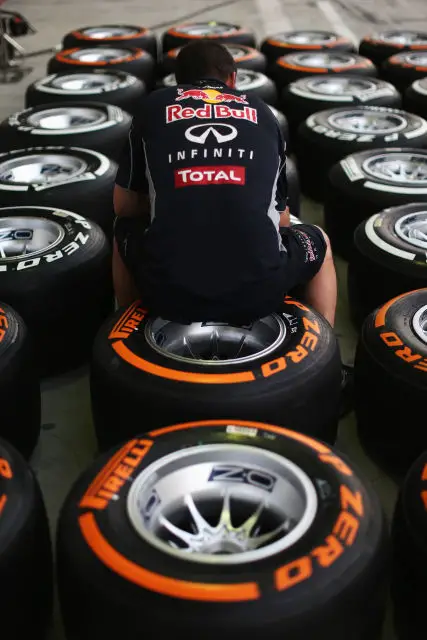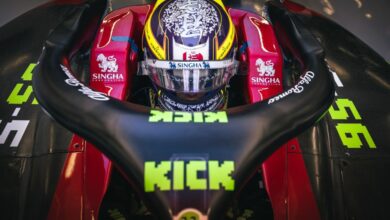Italian Grand Prix Embraces New ATA Qualifying Format Amid Varied Reactions
The Italian Grand Prix is set to feature the new ‘Alternative Tyre Allocation’ qualifying format, previously implemented at the Hungarian GP. Despite a divided response, the ATA system aims to enhance F1’s sustainability efforts.
Key Takeaways:
- Innovative Qualifying Strategy: The Italian Grand Prix will see the implementation of the ‘Alternative Tyre Allocation’ system, aiming to limit tyre usage to 11 sets for the entire race weekend. This includes specific tyre allocation for each qualifying stage, starting with Hard tyres in Q1, Medium in Q2, and Soft tyres for Q3.
- Environmental Considerations: Pirelli Motorsport Director Mario Isola highlights the environmental benefits of the ATA system, pointing out the reduction in CO2 emissions from tyre production and transport. The move aligns with Formula 1’s goal to become carbon neutral by 2030.
- Strategic Dynamics: The introduction of the ATA format at Monza, with the softest tyre compounds (C3, C4, and C5), offers teams and drivers new strategic challenges and opportunities. This change is expected to add an intriguing twist to the race weekend.

The upcoming Italian Grand Prix is set to be an intriguing weekend for Formula 1 enthusiasts and teams alike. For the second time this season, after its debut at the Hungarian Grand Prix, the ‘Alternative Tyre Allocation’ (ATA) system will be in play. This initiative marks a significant step towards enhancing the sustainability of the sport, in line with its ambition to achieve carbon neutrality by 2030.
Under the ATA system, teams will be limited to just 11 sets of tyres throughout the race weekend. This change necessitates a strategic approach to tyre usage, starting with Hard tyres in the first qualifying session (Q1), progressing to Medium tyres in Q2, and culminating with Soft tyres in the final stage (Q3). This structured allocation not only tests the teams’ adaptability but also adds an exciting layer of strategy to the qualifying sessions.
Mario Isola, Pirelli Motorsport Director, emphasizes the environmental benefits of this approach. He points out the reduction in CO2 emissions resulting from fewer tyres used, underlining the importance of such measures in a sport actively working towards sustainability. The choice of the softest compounds for Monza (C3, C4, and C5), which have been popular this season, is expected to further spice up the racing dynamics.
As the Italian Grand Prix weekend approaches, with Free Practice sessions commencing tomorrow, followed by the final practice, qualifying on Saturday, and the Grand Prix on Sunday, all eyes will be on how teams adapt to this new qualifying format. The ATA system, while still a subject of mixed reactions, represents a crucial step in Formula 1’s ongoing evolution, blending competitive racing with environmental responsibility.


